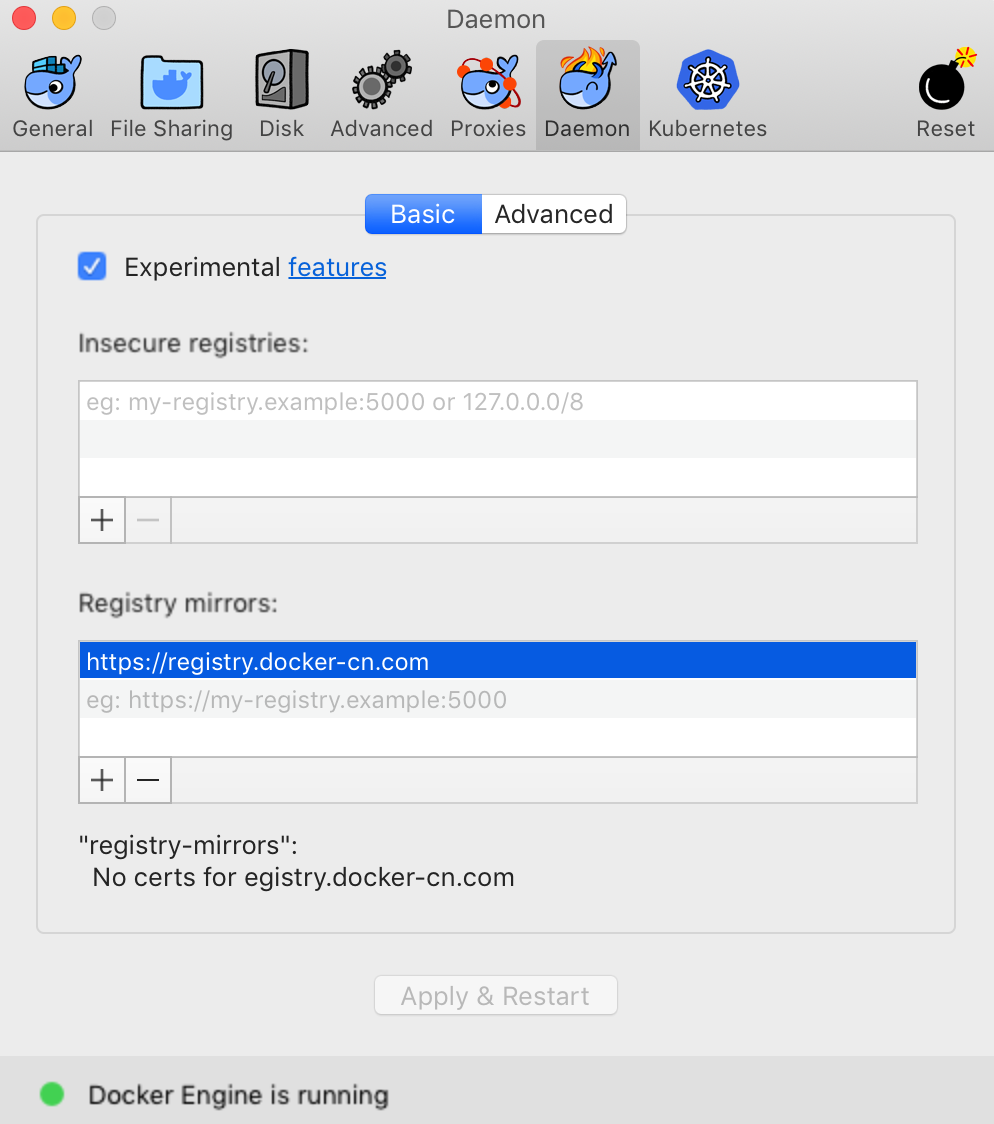

What’s actually happening is that Docker is doing /bin/sh -c 'conda activate env'.But, you can override the default shell with a SHELL command.
DOCKER FOR MAC 10.9 INSTALL
That means you can’t just emulate it, you need to use Conda’s own activation infrastructure.So how are we going to do that? A failed solution, part #1: conda initĬan we make conda activate work by doing the requested conda init?It’s a start, but it won’t suffice.Ĭonda init bash will install some startup commands for bash that will enable conda activate to work, but that setup code only runs if you have a login bash shell.When you do: Unlike the activate script for the Python virtualenv tool, which just sets an environment variable or two, the Conda activation can also activate environment variables set by packages. If we build the resulting Docker image, here’s what happens: Why emulating activation won’t workĬan you avoid using conda activate, and just set a few environment variables?Probably not. We’ll start with an environment.yml file defining the Conda environment:Ī first attempt at a Dockerfile might look as follows: Specifically, to activate a Conda environment, you usually run conda activate.So let’s try that as our first attempt, and see how it fails. The problem with conda activateĬonda environments provide a form of isolation: each environment has its own set of C libraries, Python libraries, binaries, and so on.Conda installs a base environment where it itself is installed, so to use a Conda-based application you need to create and then activate a new, application-specific environment. So how do you activate a Conda environment in a Dockerfile?įor educational purposes I’m going to start with explaining the problem and showing some solutions that won’t work, but if you want you can just skip straight to the working solution. Unfortunately, activating Conda environments is a bit complex, and interacts badly with the way Dockerfiles works. The Conda packaging tool implements environments, that enable different applications to have different libraries installed.So when you’re building a Docker image for a Conda-based application, you’ll need to activate a Conda environment.
DOCKER FOR MAC 10.9 HOW TO
Especially if you are not familiar with docker and container usage, or really just want a good local install! In this post I will show you how to install NVIDIA's build of TensorFlow 1.15 into an Anaconda Python conda environment. Tip Looking for Python 3.5 or 3.6? That's my highest recommended solution but it may not be what you really want to do for many reasons. If you don’t want the hundreds of packages included with Anaconda, you can install Miniconda, a mini version of Anaconda that includes just conda, its dependencies, and Python.


 0 kommentar(er)
0 kommentar(er)
